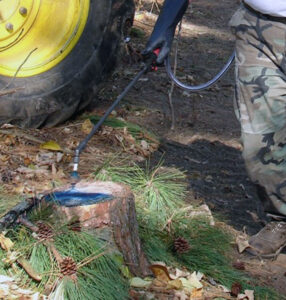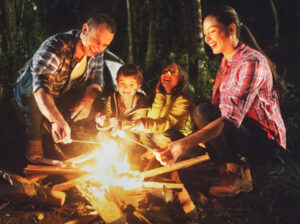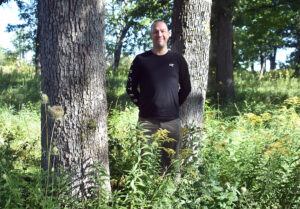
Michael Hillstrom, invasive forest pest coordinator for the Wisconsin Department of Natural Resources Forest Health team. / Photo Credit: Wisconsin DNR
By Wisconsin DNR
Michael Hillstrom, Invasive Forest Pest Coordinator for the Wisconsin Department of Natural Resources (DNR), will present a public talk on invasive species and forest health on Sunday, June 22.
Hillstrom’s talk will be part of a two-hour presentation, running from 10 a.m. to noon at Lake Kegonsa State Park, 2405 Door Creek Rd., Stoughton. It is open to the public.
The event is one of several statewide gatherings organized by the DNR as part of Invasive Species Awareness Weekend.

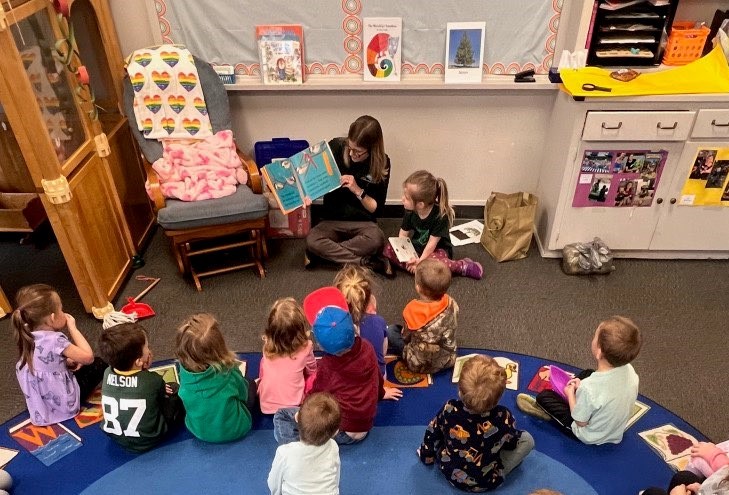
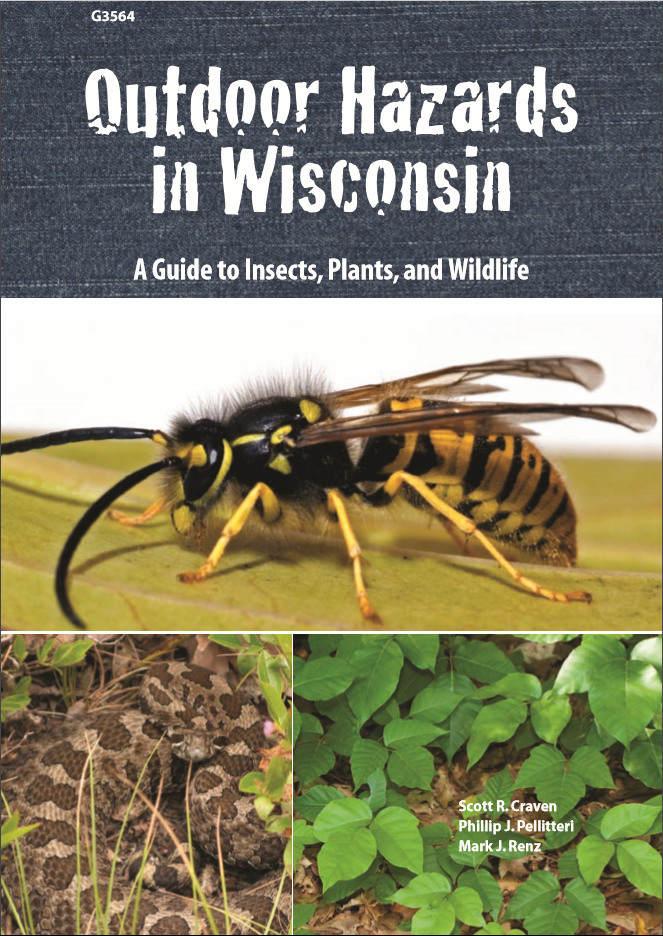 Have you ever walked through a patch of poison ivy or brushed up against wild parsnip? If so, you probably learned an uncomfortable lesson about encountering harmful plants. Luckily, there is a less painful way to learn about dangerous vegetation hidden among Wisconsin’s natural beauty. Now is the time to brush up on hazards you may encounter while working or recreating outdoors.
Have you ever walked through a patch of poison ivy or brushed up against wild parsnip? If so, you probably learned an uncomfortable lesson about encountering harmful plants. Luckily, there is a less painful way to learn about dangerous vegetation hidden among Wisconsin’s natural beauty. Now is the time to brush up on hazards you may encounter while working or recreating outdoors.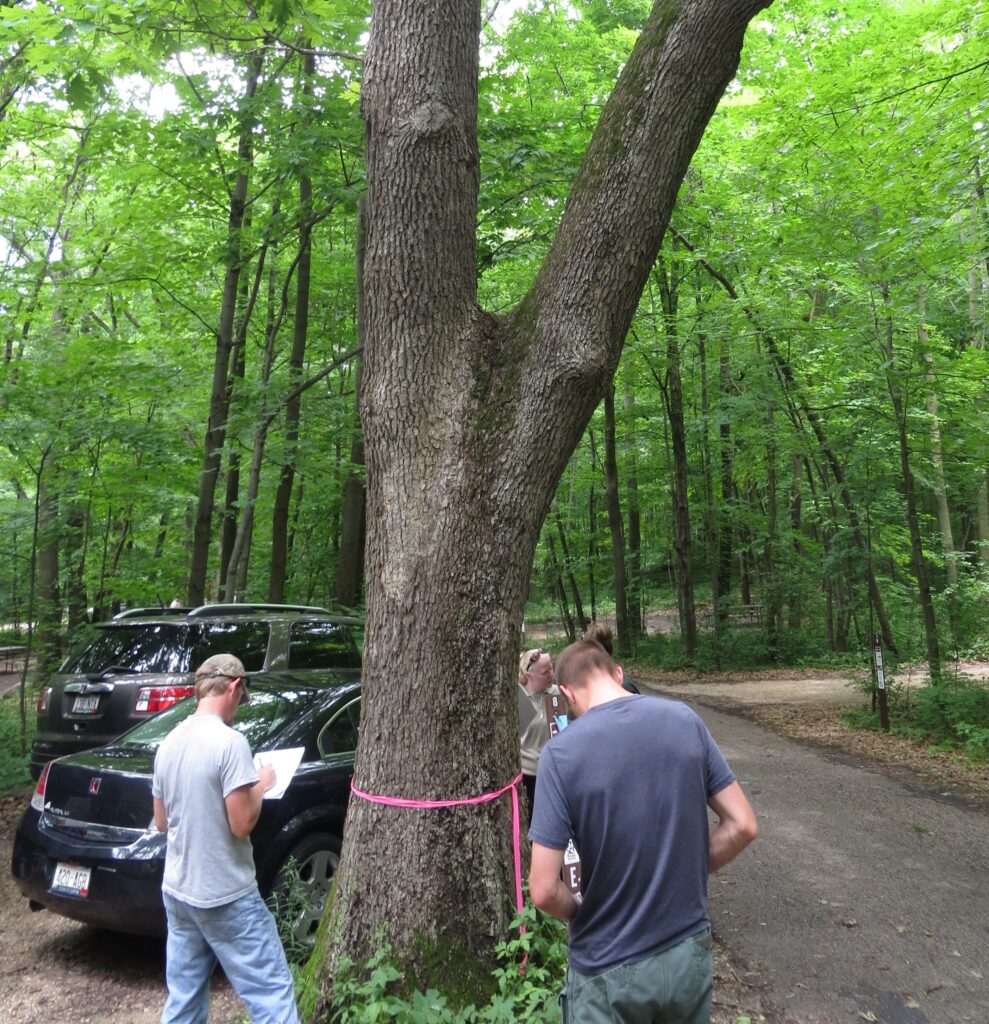 Are you an arborist or urban forester who conducts tree risk assessments?
Are you an arborist or urban forester who conducts tree risk assessments?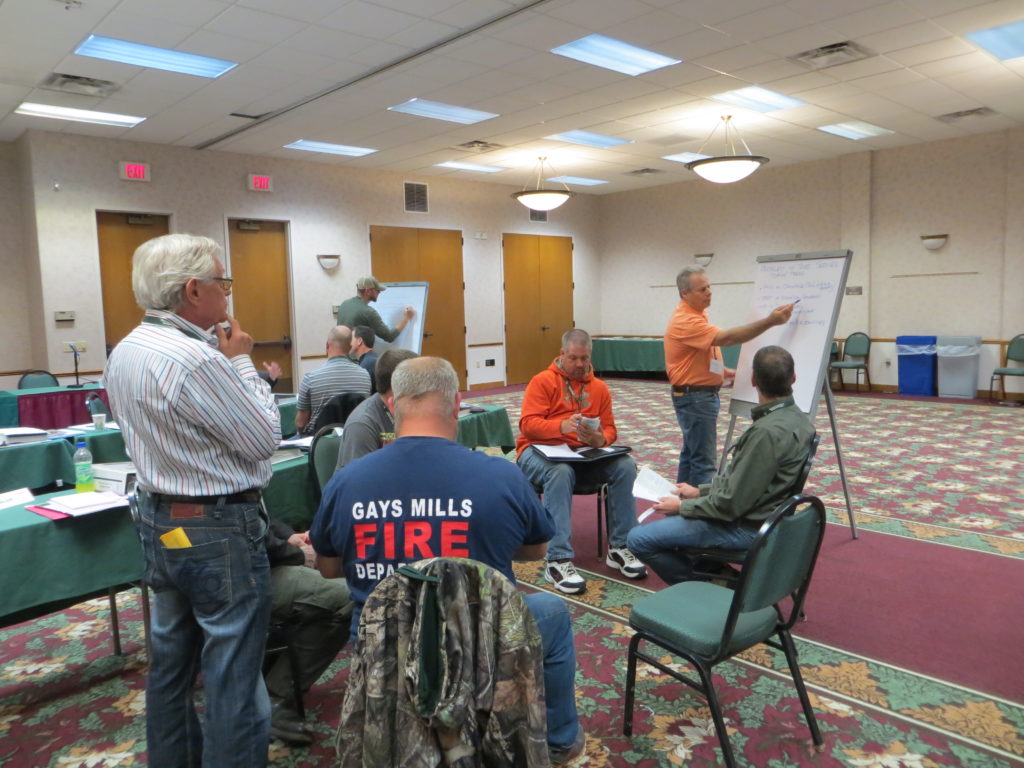 Are you a forestry expert interested in working with the Wisconsin Department of Natural Resources (DNR), forest industry professionals and natural resource leaders to ensure sustainable management practices of Wisconsin’s forest resources?
Are you a forestry expert interested in working with the Wisconsin Department of Natural Resources (DNR), forest industry professionals and natural resource leaders to ensure sustainable management practices of Wisconsin’s forest resources?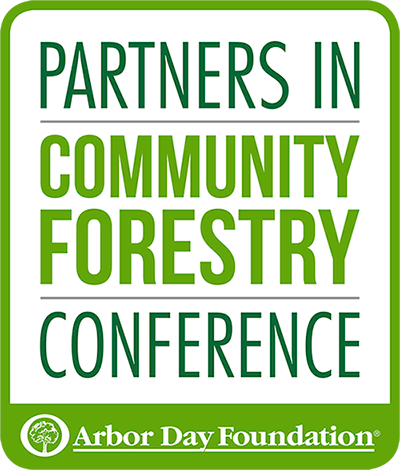 Partners in Community Forestry Conference: Nov. 19-20, 2025
Partners in Community Forestry Conference: Nov. 19-20, 2025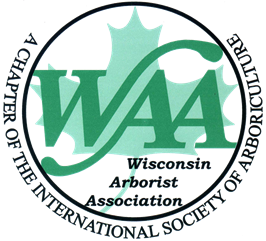 WAA Summer Conference: July 31, 2025
WAA Summer Conference: July 31, 2025